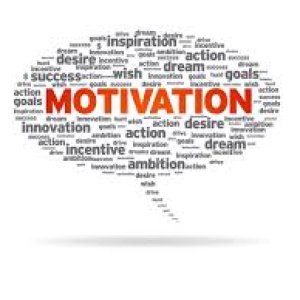
Thursday, December 3, 2015 7:00 am
Another Thanksgiving has come and gone. My house is a wreck, the fridge is full of leftovers, and Christmas decoration boxes are sitting all over the place, but all is well. Wonderful memories are etched in my mind to savor over and over again as we move into another season. There will be time to clean the house, decorate the tree and all the other distractions that can keep us from focusing on the importance of relationships. This year especially with my granddaughter, I really tried to focus on the importance of being present. Which by the way is one of the behaviors that I am working toward improving coming into the New Year. My mind goes a thousand miles per hour, so bad that is even distracts me!!
Now that I have confessed one behavior change to you, it’s probably appropriate to confess the other one. This one was prompted this morning when I found my mace, I carry when running, inside of a Christmas decoration box. I had been looking for it for a long time, a year I guess, really! I desire to get more organized, and am ready to do so. The readiness factor must be present to achieve a lasting behavior change.
According to an article written by Tiffani Bachus RDN, an ACE certified behavior change specialist, titled, “3 Secrets to Forming New Healthy Habits,” comments that to acquire a new habit, or to do away with a routine behavior that is deeply entrenched — one they may engage in without much conscious thought — takes time and a plan. She also referenced to the work of B.J Fogg, Ph.D. of Stanford University. He studies the science of how habits are formed — he is an expert on creating systems to change behavior. He’s developed a model of how to form new healthy habits that stick. He suggests the following three strategies for changing behavior.
Simplicity: When a behavior is really easy, one doesn’t need much motivation to do it. When a behavior is hard, a great deal more motivation is required. Relying purely on motivation is risky, as motivation by itself is unpredictable. The answer? Keep it simple and take baby steps toward your ultimate goal. The smaller the habit, the more likely you will be about to succeed, without relying on motivation.
Emotions create habits: Positive powerful emotions associated with your new behavior change will reinforce new behavior. Accomplishment and success come with a whole set of powerful, positive emotions. Recognizing and celebrating accomplishments, and taking the time to experience the positive feelings that come with the achievement of a step toward a goal, can reinforce new behaviors and healthy habits.
Celebrate accomplishing the new behavior with a positive saying, immediately.
Making it to the gym for a morning workout: “I did it!”
Choosing a healthful midday snack: “Victory!”
Walking an additional 10 minutes on the treadmill: “Success!”
Put a new behavior after an existing one — Behaviors do not exist in a vacuum. Rather, they exist as interlocking parts of daily life. When inserting a new behavior into a daily routine, it’s critical to locate the place for this behavior in relation to the other behaviors that occur around it — particularly to the behavior that comes immediately before it. To establish a behavior as a new routine, it’s helpful to using an existing routine (brushing your teeth, for example) as a reminder to engage in the new, tiny behavior (floss teeth)
Make sure the behavior change is one that you want to accomplish, not one you “should” do.
I will let you know how my behavior changes go, you let me know too.
See you in the gym!!






